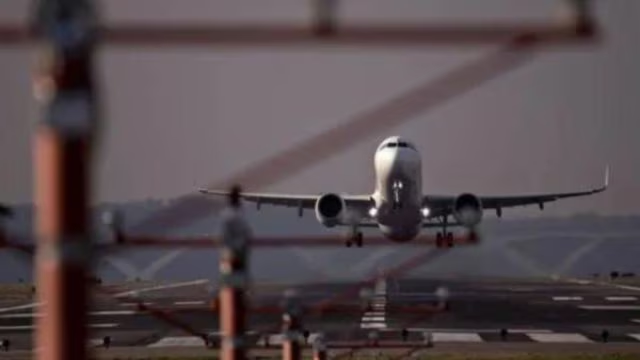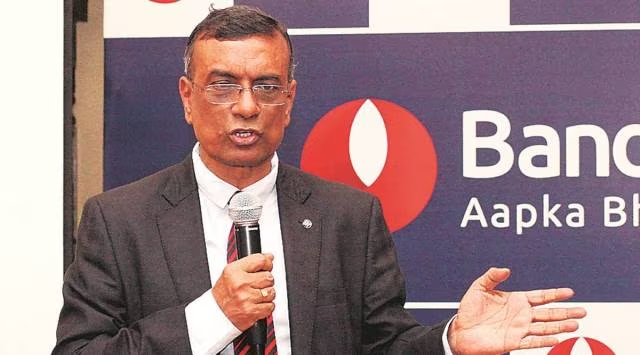No Tinkering, No Populism, Ninth Budget after 2014 is most futuristic
Anjan Roy
Finance minister, Nirmala Sitharaman, has delivered a muscular and masculine budget with lots of enthusiasm in it. She has been ambitious and seeking to set the court for the country for the next 25 years, hidden in platitudes of Amrit Kaal.
Ignoring the rising fiscal deficit and the pressures of populist measures in the midst of state assembly elections, the finance minister has stuck to a macro-economic strategy of giving a boost to the economy through spending and investment in basically infrastructure.
The revised Fiscal Deficit in the current year is estimated at 6.9 per cent of GDP as against 6.8 per cent projected in the Budget Estimates. The Fiscal Deficit in 2022-23 is estimated at 6.4 per cent of GDP, which is consistent with the broad path of fiscal consolidation
Seven infrastructure areas have been chosen for intensive thrust for development, including airports, railways, mass transit, inter-modal transport hubs.
In a way, this is the big budget story for the National Infrastructure Pipeline. Sitharaman is seeking to giving wings and wheels to the economy to fly and run with the so-called “Gati Shakti” programme. She hopes that these big ticket investments should give enough dynamism to the economy and generate multiplier employment and income.
She believes that the large scale investments in creation of infrastructure should create “virtuous cycles” of growth and employment. Consequently, this is not a budget which will be showered with praise.
The finance minister is claiming that the PLI schemes for fourteen sector alone should generate 60 lakh jobs and generate economic output of Rs30 lakh crore.
All major political parties have come down heavily on the budget criticising it for neglecting the poor and the middle classes. P. Chidambaram, a former finance minister of yesteryears, has criticised the budget for being the most “capitalist” in nature. Trinamool Congress could not have anything other than that the budget is anti-poor, a stock in trade for the party.
This might be said to be a post-pandemic budget, which has not catered to purchasing power of the worst affected pandemic victims. In the process she has produced a budget which is political incorrect.
In formulating the budget, the finance minister had options of either following the populist route of providing sops and continuing with the sob story or striking out on a bold approach of some fundamental directions.\
But the constraint to this approach would be the price line. As inflation has hardened in the recent months and showing robust strength, large outlays on capacity creation could infuse further liquidity in the system and thus stoke inflation.
It would be simultaneously important to mind the price line, because once the inflationary expectations take root it should be hard to tame a run away inflation. And a sharply rising inflation could altogether upset the applecart.
The budget is not attempting to tinker with some incentives here or some exemptions there to encourage some industry or some segments of the economy. It pins its faith in the big-time thrust which should carry all sectors and segments in its train to a higher level of activity.
Apart from the hard core macro strategy, Sitharaman has anchored the budget in adoption of technology in the economy and social life. The finance minister has talked of using “drones” for farm development, spatial technology, e-education and teaching through an enhanced number of regional language digital educational contents. Above all, she has now announced a official digital currency.
In her pursuit of a development pathway for a much longer period than a conventional budget, she has had little time to look at the taxes. He has left the basic structure of taxes untouched and all tax rates have been left unchanged.
In fact, this had created a little confusion, with tax lawyers and experts wondering what had happened to the income tax or customs or other such taxes.
Finance minister has only marginally tinkered with the custom duties on select items to give greater protection to Indian domestic industries.
In short, the finance minister has drawn her inspiration for drafting this budget from the Mahabharata. And she quotes:
“The king must make arrangements for Yogakshema (welfare) of the populace by way of abandoning any laxity and by governing the state in line with Dharma, along with collecting taxes which are in consonance with the Dharma.” In the end, she has presented a “dharmic” budget for the first time. (IPA Service)




